Home>Ideas and Tips>Chinoiserie Chic: East Meets West In Home Design
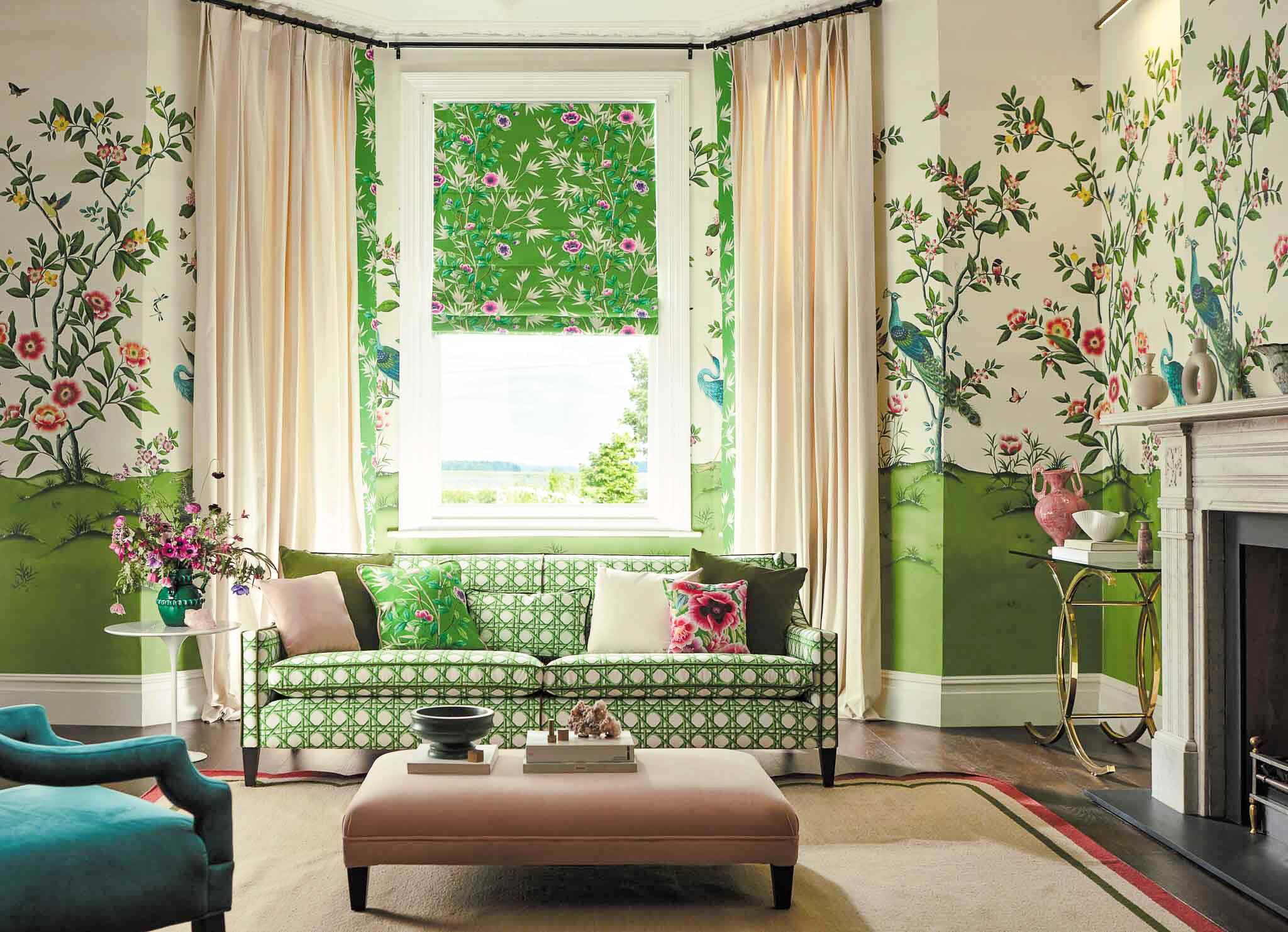

Ideas and Tips
Chinoiserie Chic: East Meets West In Home Design
Published: October 23, 2024
Discover the timeless elegance of Chinoiserie Chic, blending Eastern motifs with Western design for a sophisticated and exotic home decor style.
(Many of the links in this article redirect to a specific reviewed product. Your purchase of these products through affiliate links helps to generate commission for Storables.com, at no extra cost. Learn more)
Chinoiserie, a term derived from the French word for "China stuff," is a decorative style that has captivated the hearts of designers and homeowners for centuries. This enchanting blend of Eastern motifs and Western techniques has evolved over time, reflecting the cultural exchange and artistic innovations of its era. In this article, we will delve into the rich history of chinoiserie, explore its characteristics, and provide practical tips on how to incorporate this timeless style into modern home design.
The History of Chinoiserie
Chinoiserie is an entirely European invention, born out of a fascination with Chinese culture and aesthetics that began in the 17th century. The term "chinoiserie" was first used in the 18th century to describe the European interpretation of Chinese art and design. This fascination was fueled by the influx of Chinese goods, particularly porcelain and lacquerware, which were highly prized for their beauty and craftsmanship.
The tipping point in chinoiserie's popularity was when King Louis XIV of France built the Trianon de Porcelaine—a five-pavilion structure adorned with blue-and-white tilework—on the grounds of the Palace of Versailles in 1671. This grandiose project showcased the king's love for chinoiserie, which quickly spread throughout European courts and became a popular design style through the 18th century.
However, not all critics were enamored with chinoiserie. Some 17th- and 18th-century critics derided the style for being chaotic and hedonistic, potentially making a mockery of Chinese art and design. Despite these criticisms, chinoiserie continued to evolve and influence European decorative arts.
Read more: East Meets West In Chinoiserie Home Design
Characteristics of Chinoiserie
Chinoiserie is characterized by its fanciful, romanticized, and fantasized European perceptions of life in the Far East. Unlike authentic East Asian design, chinoiserie is not a direct representation but rather an imaginative interpretation of Chinese motifs and techniques. It often features Chinese materials such as porcelain and lacquer, along with motifs like pagodas, dragons, and flora.
The style is known for its whimsical imagery and playful contrasts of symmetry and scale. Chinoiserie often includes scenes depicting Chinese landscapes, which were highly imaginative and not always accurate. These scenes were meant to evoke a sense of the exotic and the unknown, adding to the allure of this decorative style.
East Meets West Design Fusion
Chinoiserie is a perfect example of the East Meets West design fusion. This concept celebrates the harmony between Eastern and Western cultures, creating a unique blend that is both elegant and sophisticated. The use of Chinese motifs in Western art, furniture, and architecture marked a significant moment in design history where two cultures came together in harmony.
The fusion of East and West in chinoiserie design allowed for a new trend towards freedom in expression. This period saw a rebellion against Renaissance illusionism, moving towards more authentic, asymmetric decorations. The result was a style that was both whimsical and hedonistic, sparking much debate and divided opinion.
Modern Applications of Chinoiserie
Despite its origins in the 17th century, chinoiserie remains a popular design style today. Its timeless appeal lies in its ability to evoke a sense of travel and movement, contrasting beautifully with solid lines in architecture and furniture. When incorporated correctly into modern design, chinoiserie can add elegance and expressiveness to any space.
One key to making chinoiserie work with modern design is using motifs sparingly. The ornate patterns and colors of chinoiserie can easily overwhelm a room or create a feeling of stuffiness if not balanced with clean-lined pieces and architectural elements. For example, pairing blue and white pottery with contemporary furniture can create a beautiful balance between the old and the new.
Incorporating Chinoiserie into Modern Home Design
Incorporating chinoiserie into modern home design requires a thoughtful approach. Here are some practical tips to help you achieve this blend:
Read more: Rustic Charm Meets Urban Chic In Home Design
1. Use Chinoiserie as an Accent
Chinoiserie can be used as an accent piece to add a touch of elegance to your space. Consider using chinoiserie wallpaper or gilded fixtures to create a focal point in your room. For instance, a chinoiserie-printed drape system can frame the room beautifully, making it a bold statement and exquisite backdrop.
2. Balance with Modern Elements
To avoid overwhelming the space, balance chinoiserie with modern elements. For example, pair chinoiserie vases with contemporary dining tables or incorporate chinoiserie motifs into your lighting fixtures. This juxtaposition of old and new creates a fresh and modern aesthetic.
3. Incorporate Nature
Chinoiserie often finds inspiration in nature—birds, flowers, and elaborate garden settings. Bringing these elements into your home design can create an idyllic balance of East and West. Use subtle floral patterns and soft colors like cherry blossom pink, gold, and pastel shades to add warmth and appeal to your space.
4. Create a Focal Point
A pagoda design can be used as a central feature in your drape system or as a decorative element in your garden. This adds a beautiful east meets west design fusion element to your space, making it perfect for luxury weddings or parties.
Read more: Rustic Charm Meets Urban Chic
Examples of Chinoiserie in Modern Design
Chinoiserie chic is not just limited to traditional settings; it can be seamlessly integrated into modern homes. Here are some examples:
1. Luxury Weddings and Parties
For a luxury wedding or party, incorporating chinoiserie elements can create an unforgettable atmosphere. Use screens printed with chinoiserie motifs to frame the room, add French porcelain vases to dining tables, and introduce nature through floral arrangements.
2. Modern Interiors
In modern interiors, chinoiserie can be used to add elegance and expressiveness. For instance, crafting a cocktail bar with Eastern accents and placing it alongside furnishings with geometric shapes can create an unexpected yet gorgeous combination.
Conclusion
Chinoiserie chic is more than just a design trend; it's a testament to the enduring power of cultural exchange and artistic innovation. By understanding its history and characteristics, we can incorporate this timeless style into our modern homes with ease. Whether you're looking to add a touch of elegance or create a bold statement, chinoiserie offers endless possibilities for those who appreciate the beauty of East meets West design fusion.
As we move forward in an era of maximalist design, chinoiserie chic is poised to make a significant comeback. With its ability to evoke a sense of travel and movement while balancing perfectly with modern elements, it's no wonder why this style continues to captivate designers and homeowners alike. So why not give chinoiserie chic a try? Your home will thank you for it.
Was this page helpful?
At Storables.com, we guarantee accurate and reliable information. Our content, validated by Expert Board Contributors, is crafted following stringent Editorial Policies. We're committed to providing you with well-researched, expert-backed insights for all your informational needs.
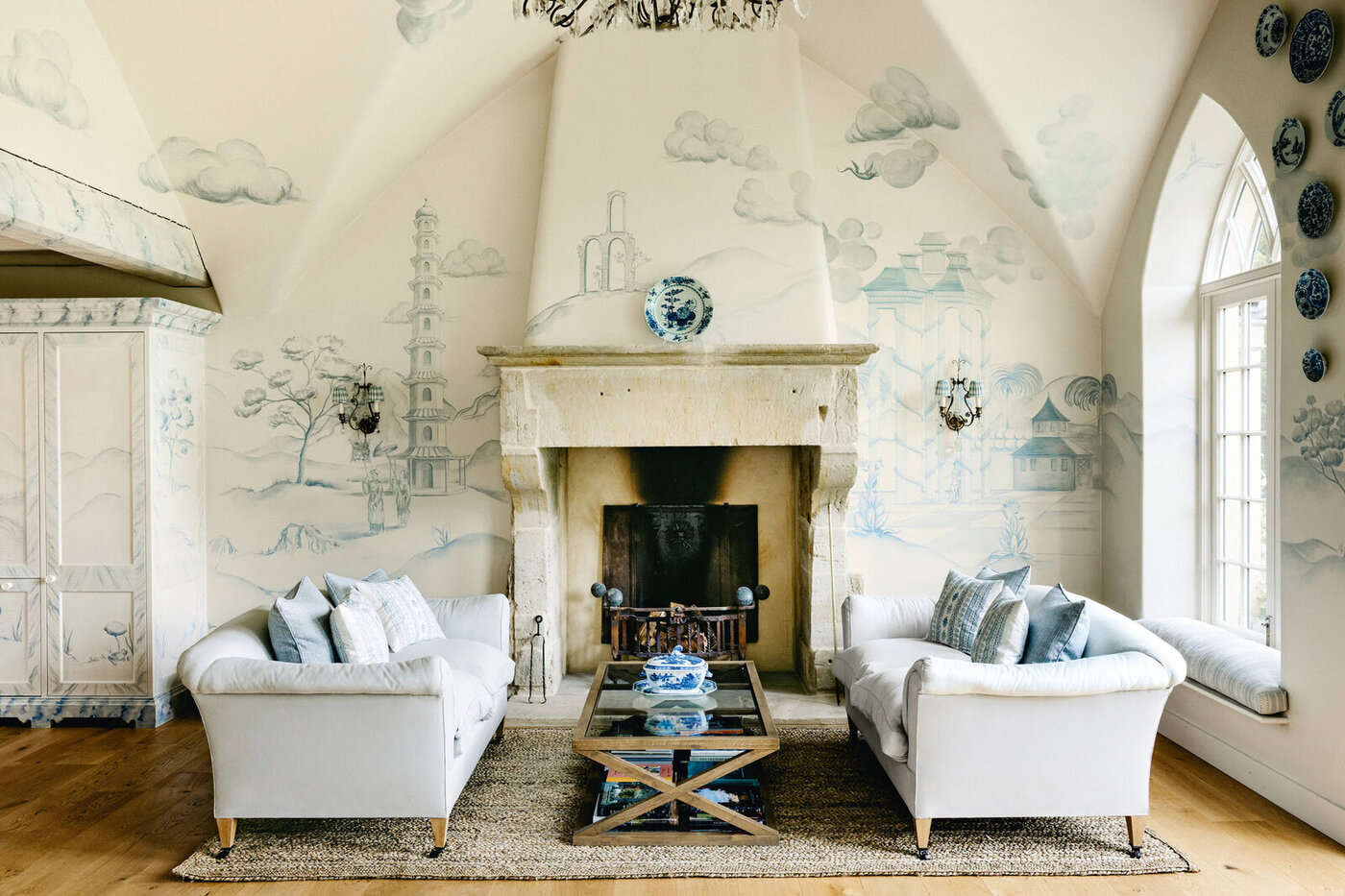

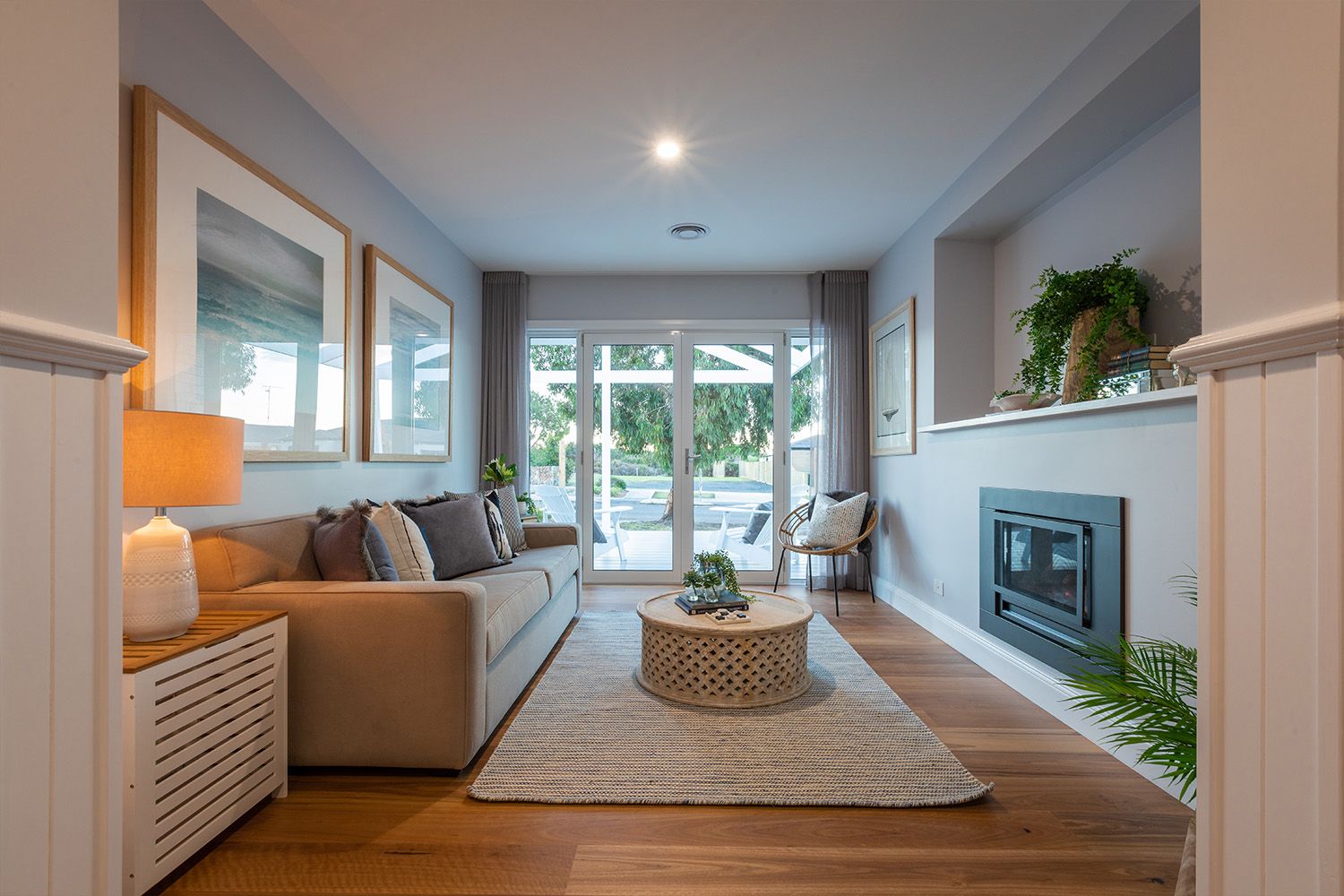
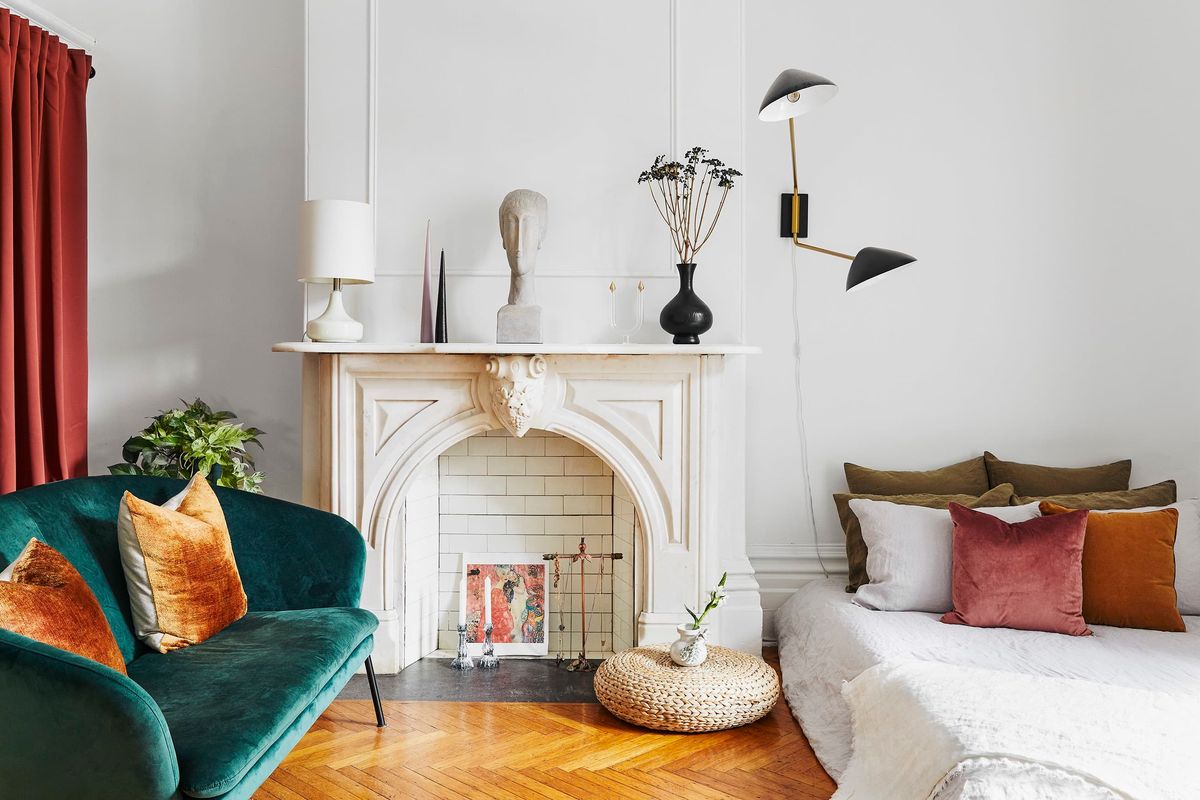
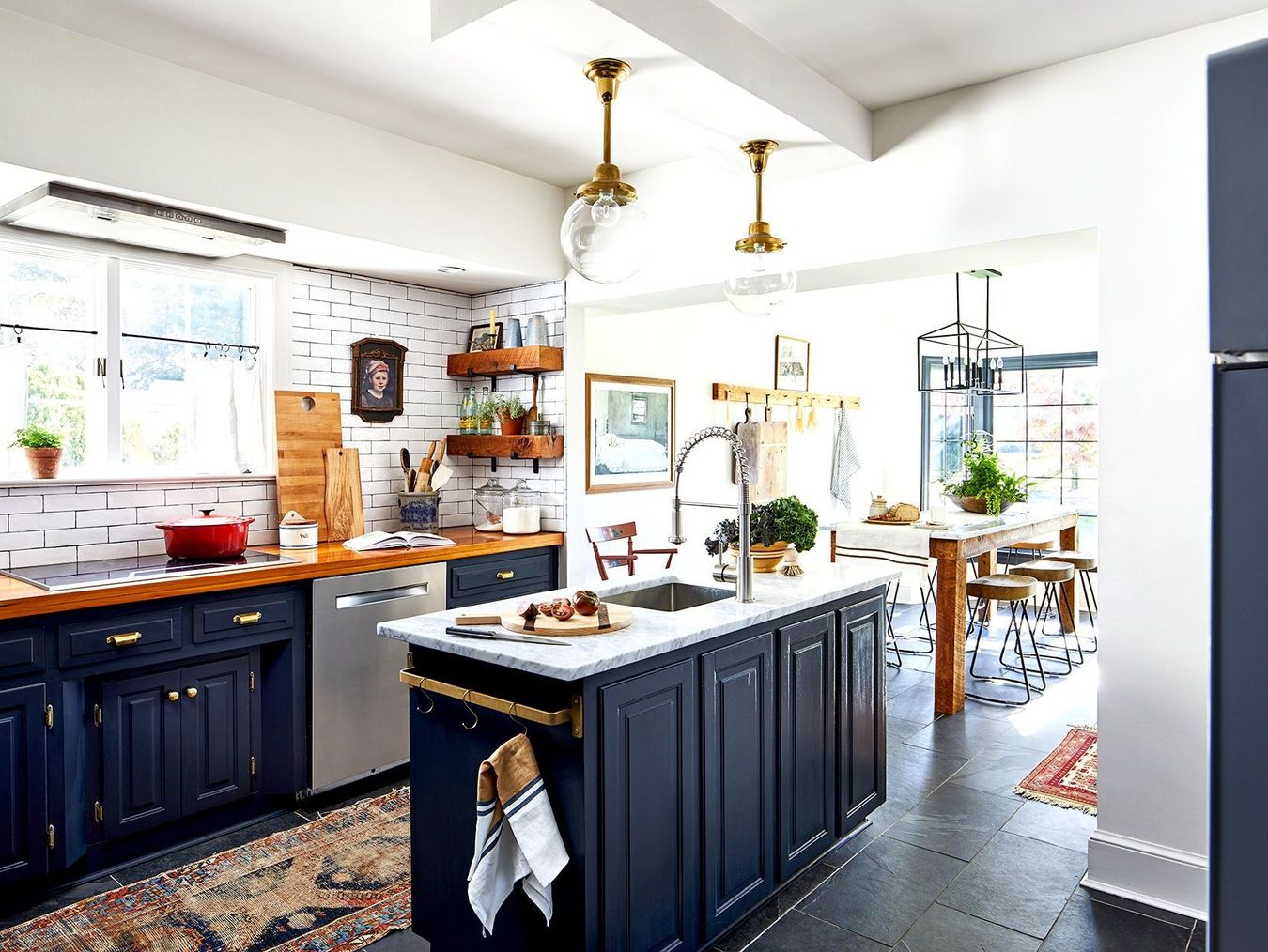
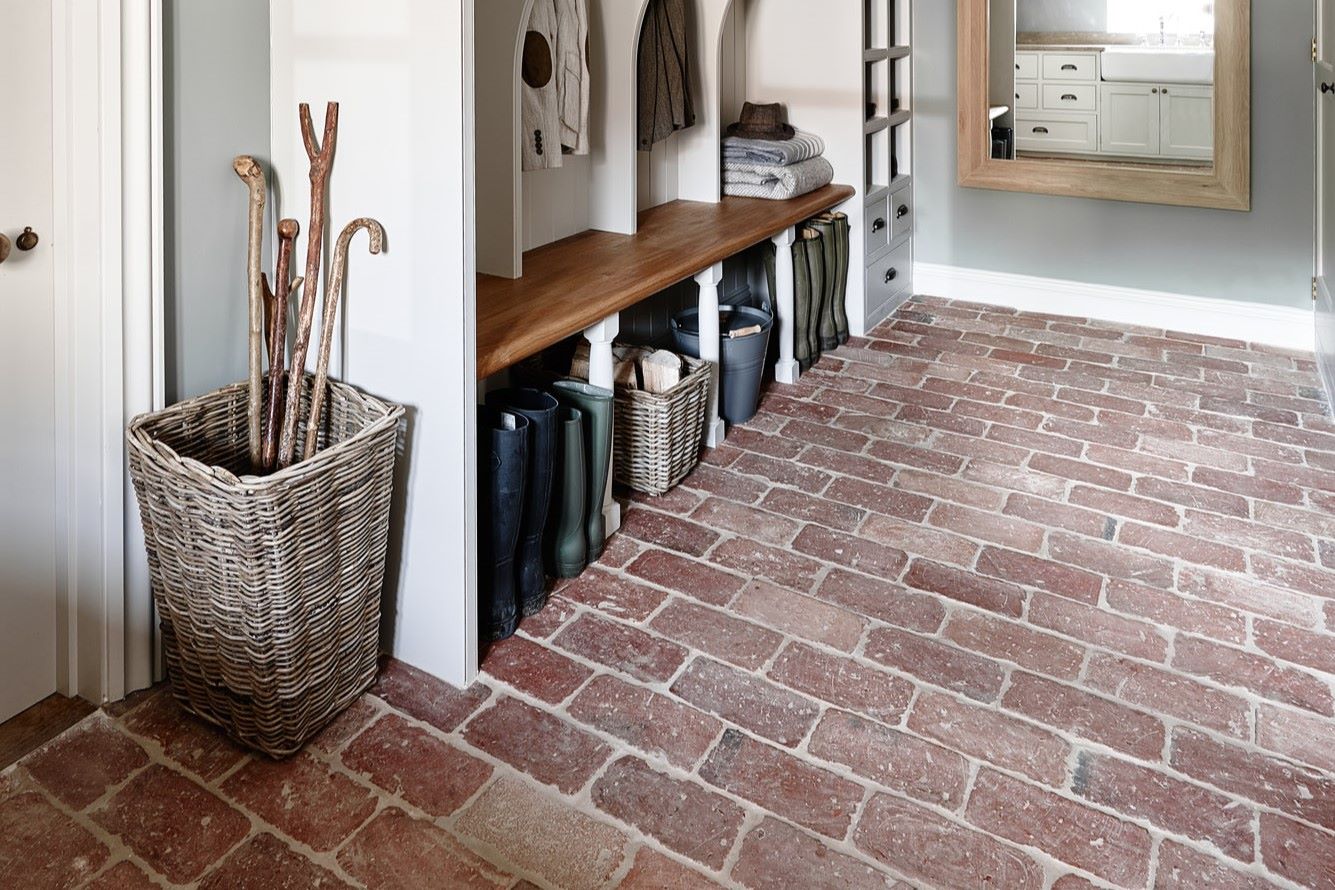
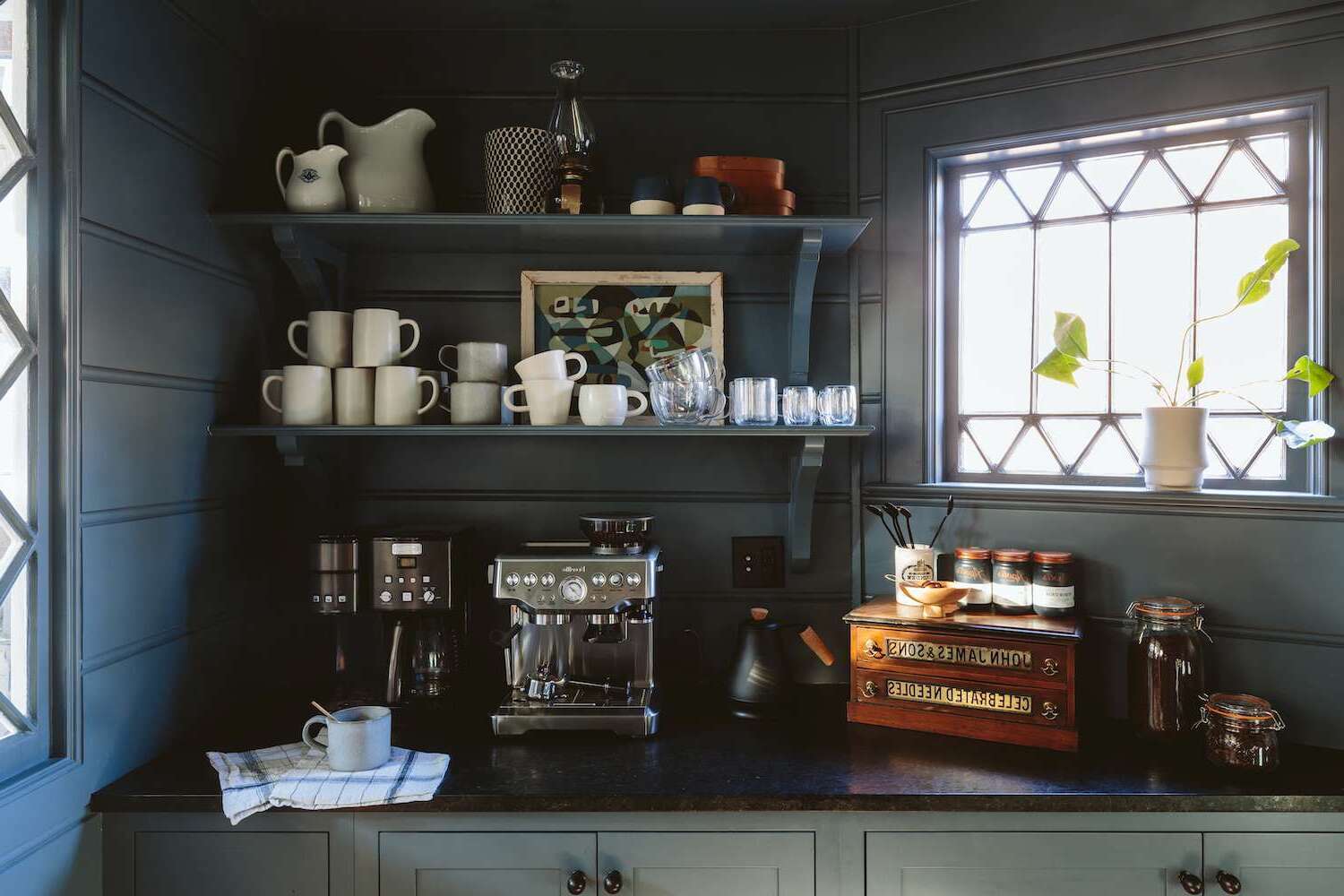
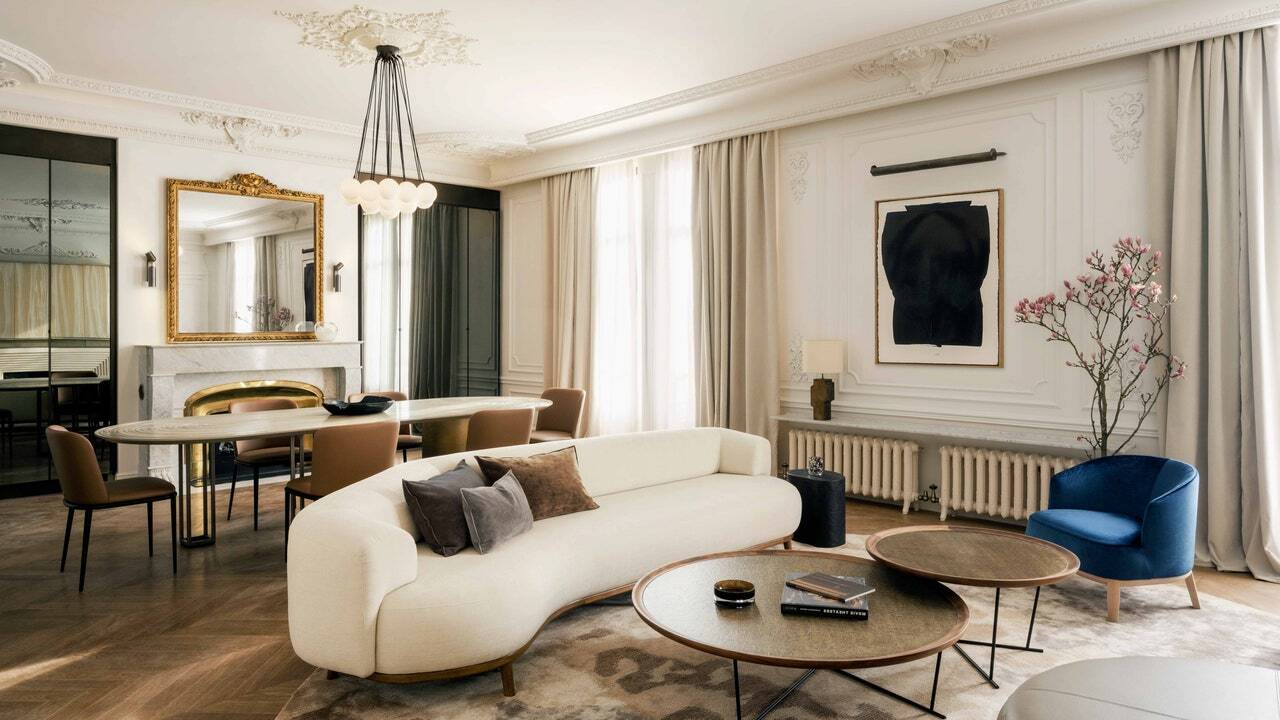
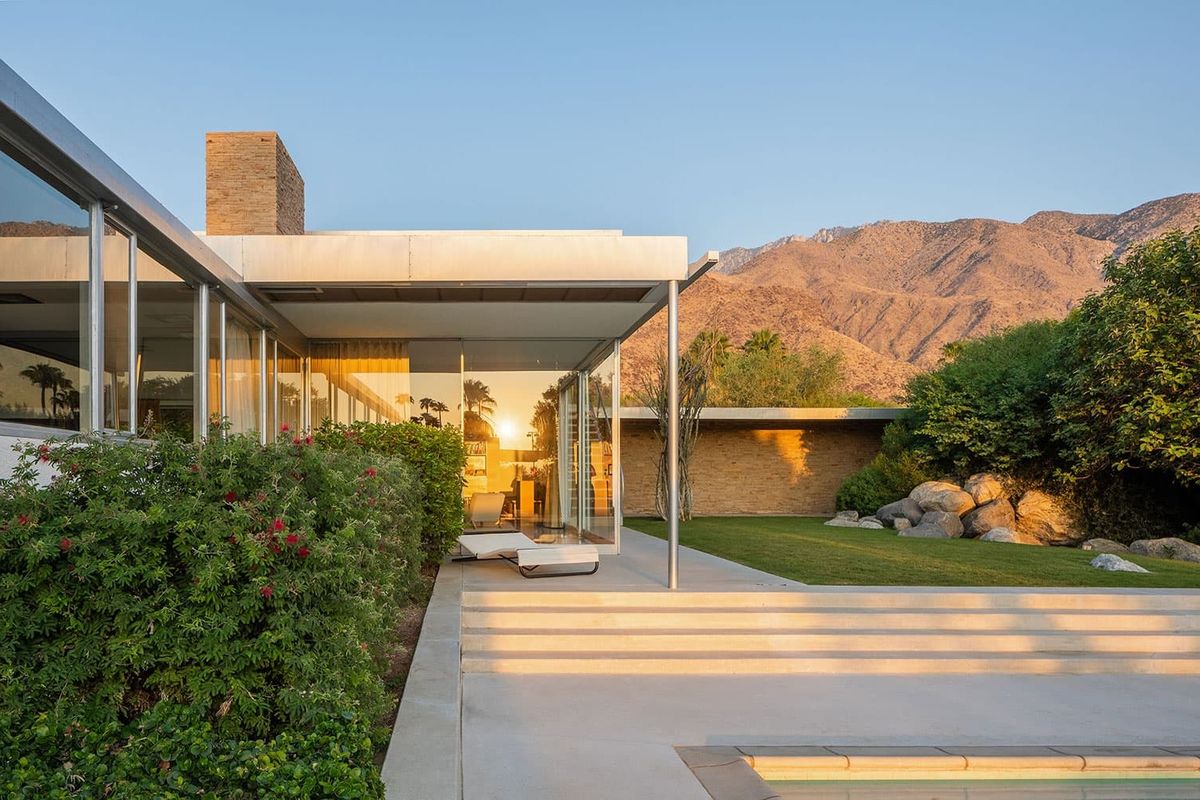
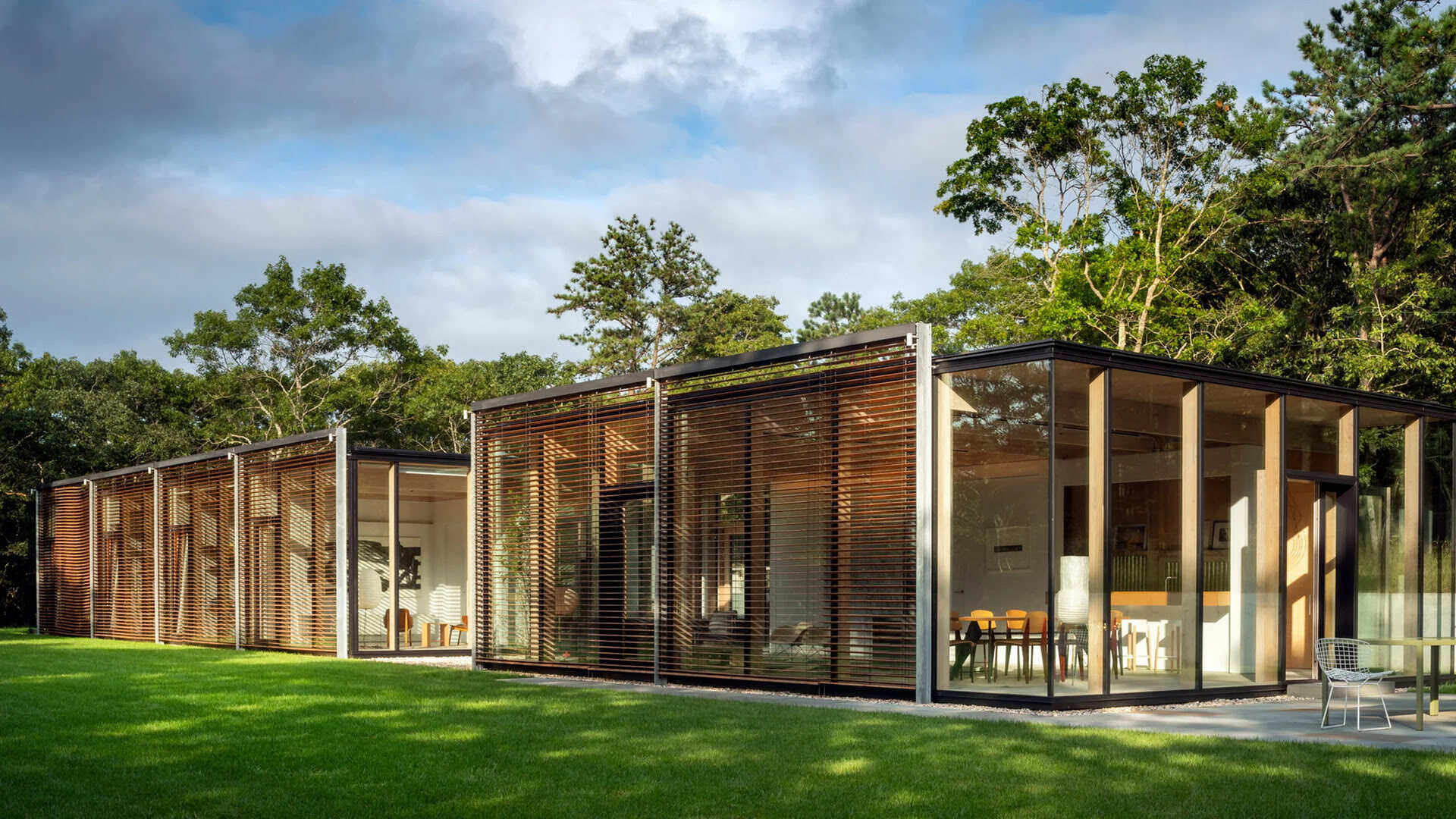
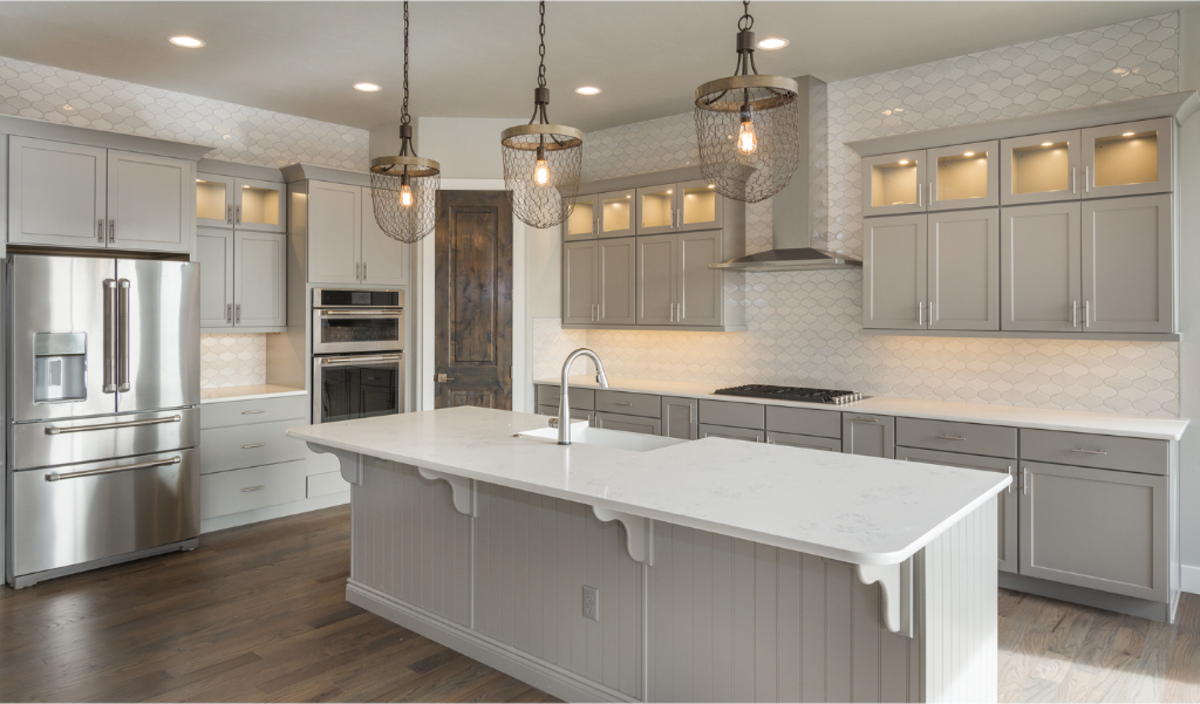
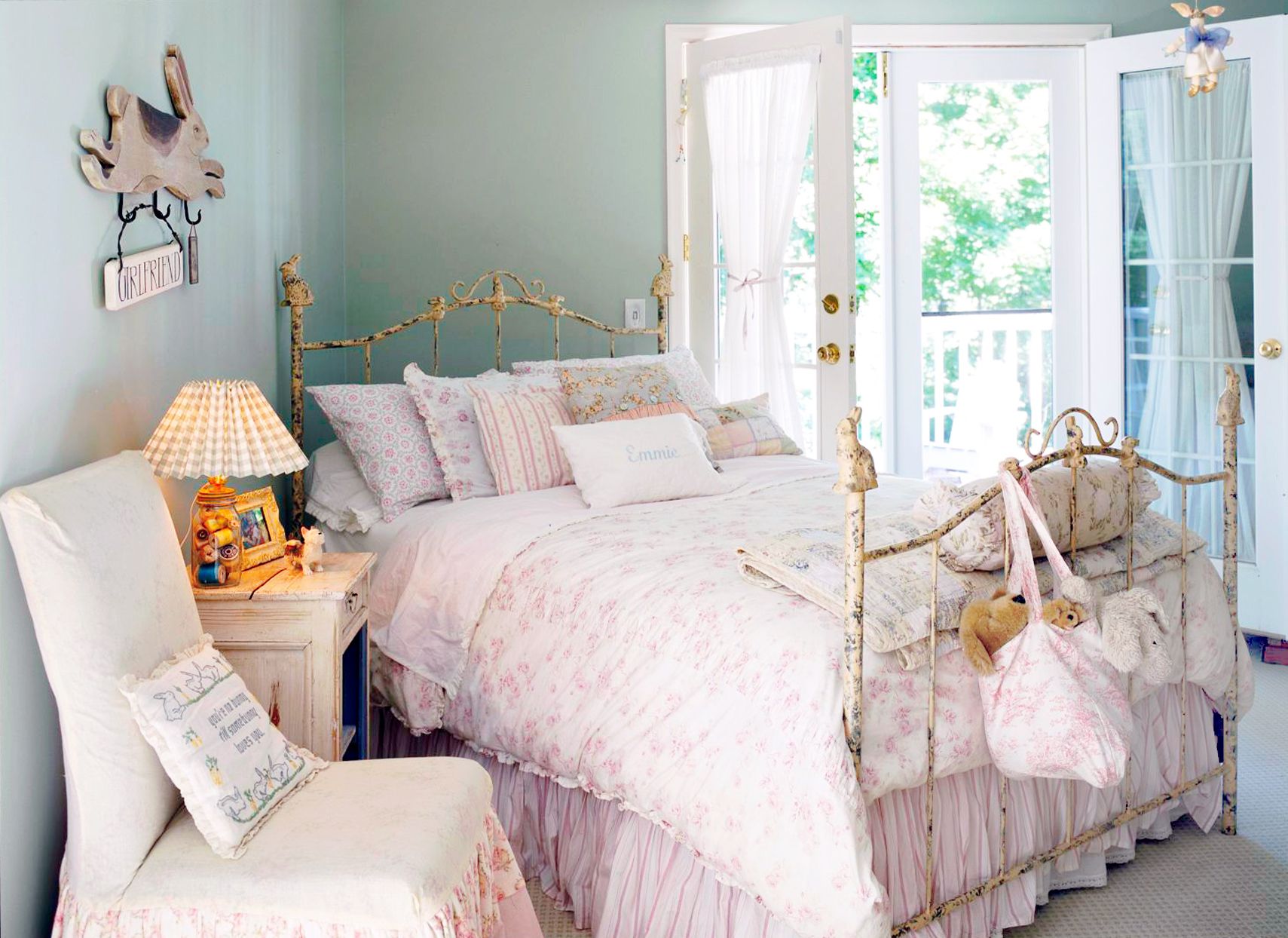
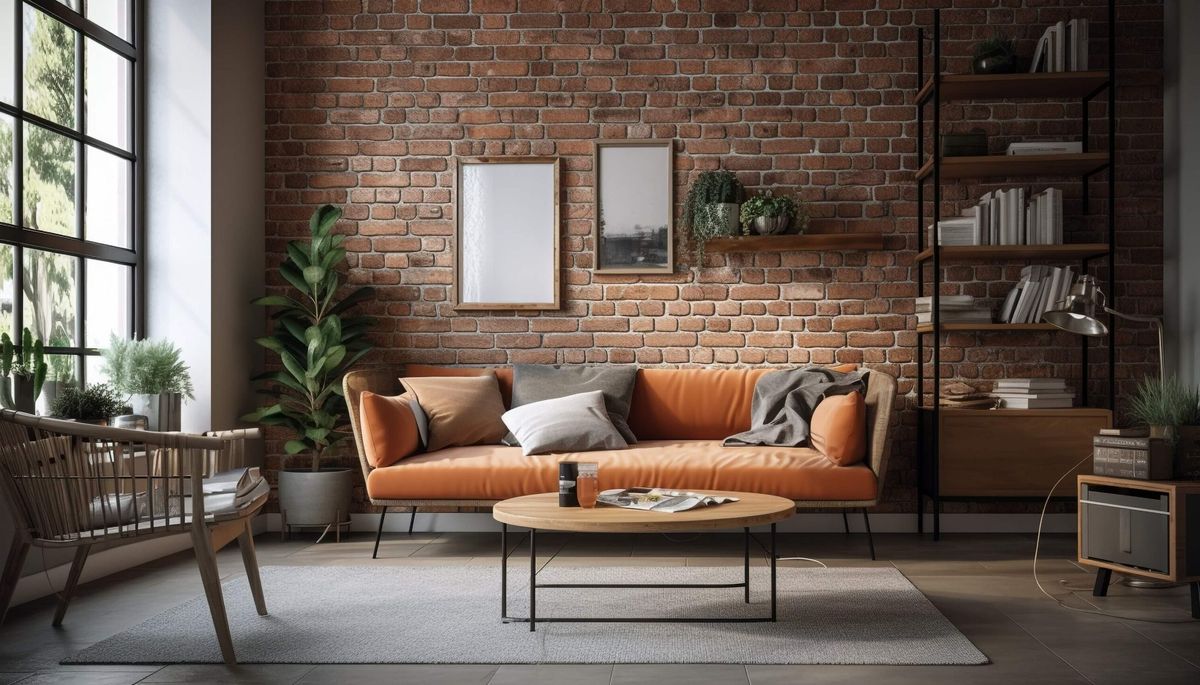

0 thoughts on “Chinoiserie Chic: East Meets West In Home Design”